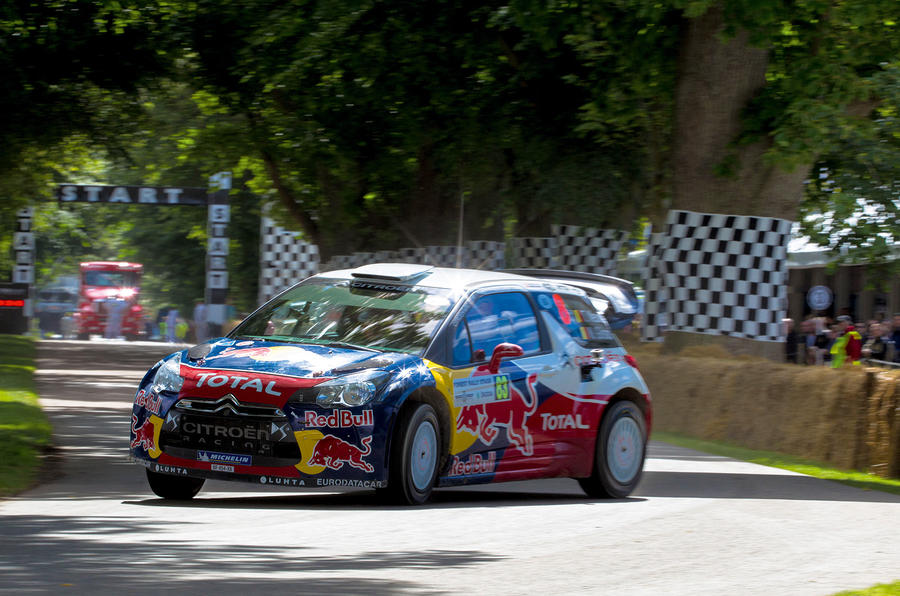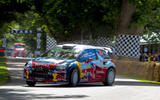The problem with the Goodwood Festival of Speed is a pleasant one: there’s too much to see.
The contemporary and classic machinery that screams, throbs, bellows or whispers up the hill takes centre stage, but there is plenty of reward to be had in far-flung areas away from Lord March’s driveway.
The event kicks off with the now-traditional Moving Motor Show on Thursday, followed by three days of the festival proper.
If you’re only in West Sussex for one day, though, it can be hard to pack it all in. So here is our insider’s guide on how to ‘do’ Goodwood – the places to grab an autograph, the best route up to the rally stage, where to see the latest supercars and even how to drive the hill if you’re lucky enough to bag a test drive in the Moving Motor Show.
For all the latest on the Festival of Speed, read our full preview here.
How to get it very wrong in public
Almost every year at Goodwood, the straw bales on the outside of Molecomb, a tricky left-hander preceded by a notoriously challenging braking area, claim another high-profile victim in full view of the grandstands.
Last year Olympic hero Sir Chris Hoy spectacularly crashed a Nissan GT-R Nismo. He wasn’t the first to get it so wrong, so publicly, and in all probability he won’t be the last.
How to see F1 cars past and present
Five current teams are attending: Ferrari, McLaren, Mercedes, Red Bull and Williams. In addition to hill runs, they’ll show off their cars in a Formula 1 paddock.
A special category will celebrate ‘fearless but flat-broke’ F1 racers and teams who took on grand prix racing’s best, despite their limited resources.
How to see the Moving Motor Show, and more
Thursday at Goodwood means the Moving Motor Show. What better way to test the latest new metal than by driving it up Lord March’s famous hill?
Be sure to get there early and put your name down for any cars you’re wanting to drive, as spaces will fill up fast (restrictions apply). Going on Thursday also means you can see the paddocks and displays before the event properly opens on Friday.
How to drive the hill with Damon Hill
His shock of black hair may have faded to grey, but there’s no mistaking Damon Hill. It’s 20 years since he was crowned Formula 1 champion, but the Englishman is still trim and ready to race.
















































































Add your comment